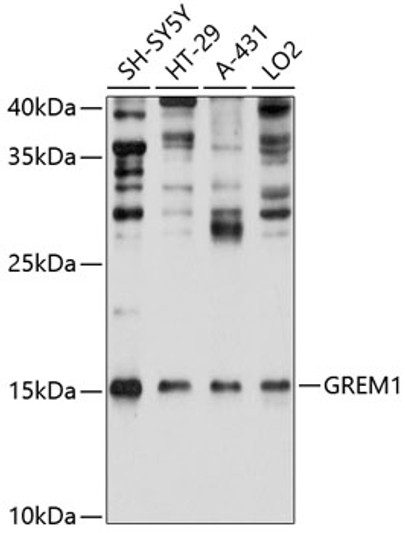| Tissue Specificity | CD8 on thymus-derived T-cells usually consists of a disulfide-linked alpha/CD8A and a beta/CD8B chain. Less frequently, CD8 can be expressed as a CD8A homodimer. A subset of natural killer cells, memory T-cells, intraepithelial lymphocytes, monocytes and dendritic cells expresses CD8A homodimers. Expressed at the cell surface of plasmacytoid dendritic cells upon herpes simplex virus-1 stimulation. |
| Post Translational Modifications | Palmitoylated, but association with CD8B seems to be more important for the enrichment of CD8A in lipid rafts. O-glycosylated. Phosphorylated in cytotoxic T-lymphocytes (CTLs) following activation. |
| Function | Integral membrane glycoprotein that plays an essential role in the immune response and serves multiple functions in responses against both external and internal offenses. In T-cells, functions primarily as a coreceptor for MHC class I molecule:peptide complex. The antigens presented by class I peptides are derived from cytosolic proteins while class II derived from extracellular proteins. Interacts simultaneously with the T-cell receptor (TCR) and the MHC class I proteins presented by antigen presenting cells (APCs). In turn, recruits the Src kinase LCK to the vicinity of the TCR-CD3 complex. LCK then initiates different intracellular signaling pathways by phosphorylating various substrates ultimately leading to lymphokine production, motility, adhesion and activation of cytotoxic T-lymphocytes (CTLs). This mechanism enables CTLs to recognize and eliminate infected cells and tumor cells. In NK-cells, the presence of CD8A homodimers at the cell surface provides a survival mechanism allowing conjugation and lysis of multiple target cells. CD8A homodimer molecules also promote the survival and differentiation of activated lymphocytes into memory CD8 T-cells. |
| Protein Name | T-Cell Surface Glycoprotein Cd8 Alpha ChainT-Lymphocyte Differentiation Antigen T8/Leu-2Cd Antigen Cd8a |
| Database Links | Reactome: R-HSA-198933 |
| Cellular Localisation | Isoform 1: Cell MembraneSingle-Pass Type I Membrane ProteinCd8a Localizes To Lipid Rafts Only When Associated With Its Partner Cd8bIsoform 2: Secreted |
| Alternative Antibody Names | Anti-T-Cell Surface Glycoprotein Cd8 Alpha Chain antibodyAnti-T-Lymphocyte Differentiation Antigen T8/Leu-2 antibodyAnti-Cd Antigen Cd8a antibodyAnti-CD8A antibodyAnti-MAL antibody |
Information sourced from Uniprot.org






